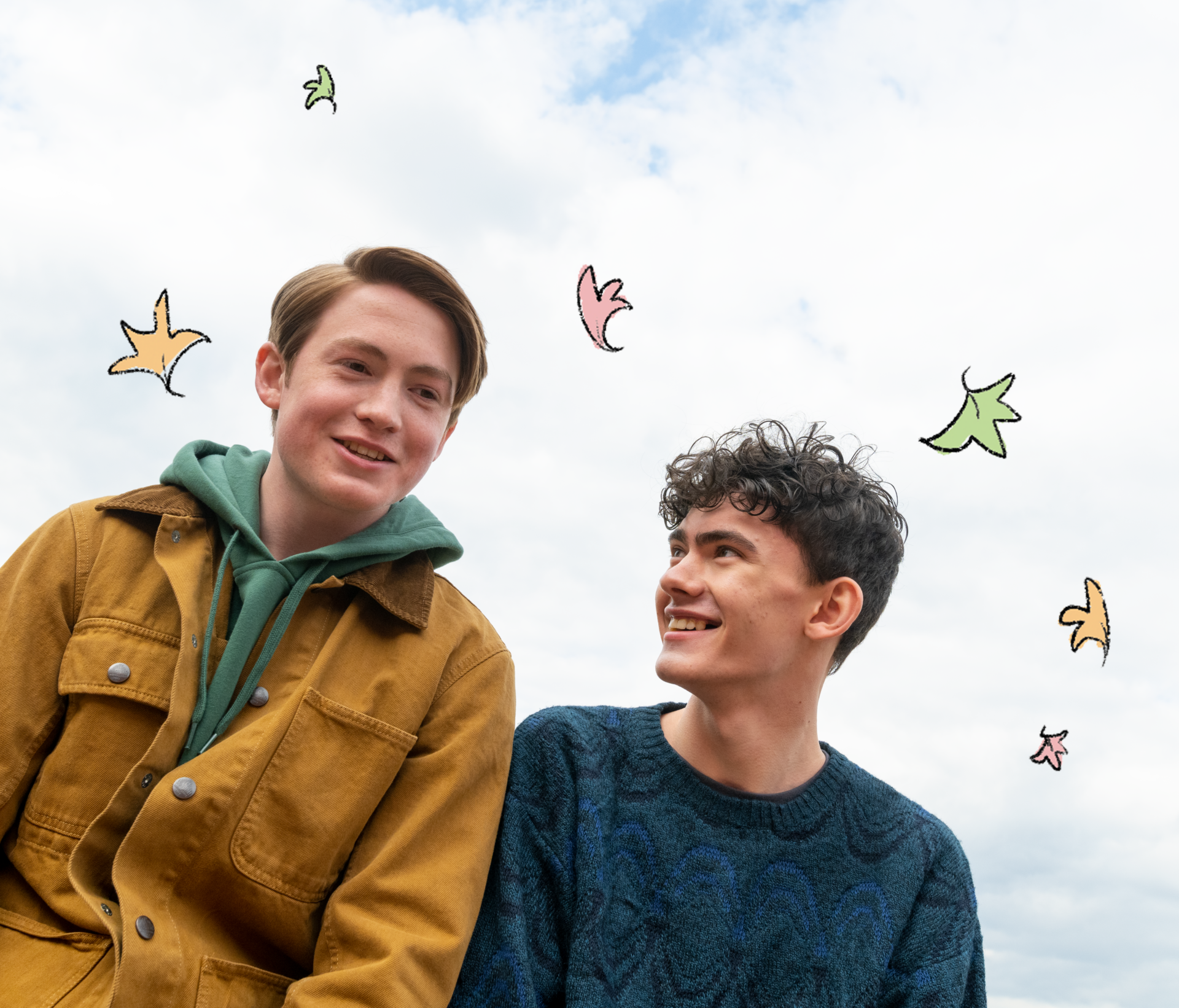
Close | Tragic Mutations of a Pure Bond in Youth
Year
Runtime
Director
Cinematographer
Production Designer
Music by
Format
Genre
Subgenre
Two children are running through a field of flowers. They appear innocent and carefree, oblivious to the rest of the world. This is the opening scene of Lukas Dhont‘s Close. It is the Belgian director’s second feature movie, following his successful (and much-discussed) debut in 2019 with Girl. Close is a coming-of-age drama focusing on gender identity and social expectations during puberty and adolescence. A hidden tragedy in which the two young protagonists share an intense friendship until the judgment of the outside world forces them to face the harsh reality of prejudice and labels.
Close premiered in competition at the 75th Cannes Film Festival where it won the Grand Prix. It was widely acclaimed by international critics. Commended for its sensitive treatment of early adolescence and LGBTQI+ issues in general. In recognition of this, the movie earned a nomination for Best International Feature Film at the upcoming 95th Academy Awards.
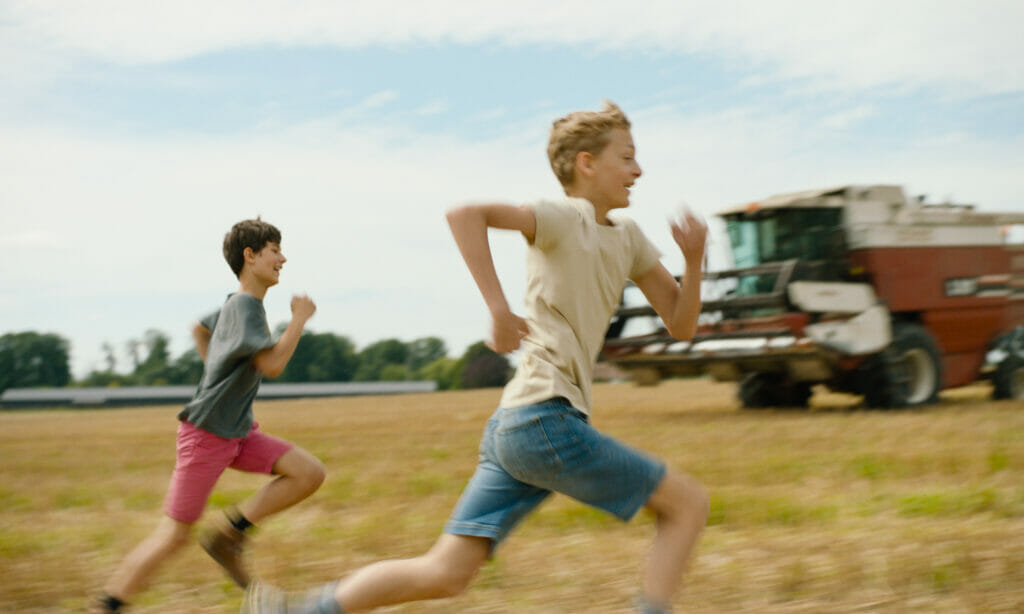
An intense friendship challenged
Léo (Eden Dambrine) and Rémi (Gustav De Waele) are two 13-year-olds happily spending the last days of summer in Belgium. With games, sleepovers, and cuddles, they share a very deep, almost fraternal bond. Their friendship is unbreakable, but the boys’ return to school will be a game-changer. Gossip, questions, and insinuations surround their intimacy. Forced to question the nature of their bond, the two have very different reactions. Léo rejects the idea of a romantic feeling. He gradually distances himself from his best friend. Rémi, on the other hand, doesn’t understand Léo’s behavior. He begins to isolate himself and becomes discouraged. The rupture of this friendship will have devastating and tragic consequences that will change both boys’ lives forever.
How external perceptions affect a bond
Close‘s protagonists, played by two promising young actors in their first acting roles, have many facets. Indeed, Léo and Rémi are on the verge of one of the most intricate periods of their lives: adolescence. They are two young lives filled with the purity of childhood, bound together by something unique that no one has ever questioned. Soon, however, schoolmates who do not understand the nature of their intimacy begin to disrupt their childhood idyll and innocence. Indeed, Léo and Rémi seem too close to be just friends, not hesitating to show affection in public. Their peers immediately sexualize this physical closeness. External judgments and perceptions thus infiltrate among them, culminating in homophobic abuse. At this point, Léo suffers a crisis. He pushes Rémi away, causing misunderstanding and pain. As a result, their relationship loses the innocence that had previously distinguished it.
As the story unfolds, Léo adopts an attitude of detachment and denial, while Rémi ignores the judgments of others and remains true to himself. In particular, in order to manifest and demonstrate his questioned masculinity, Léo “dons the supposedly masculine armor” and takes up ice hockey: a rather tough male sport. An attitude reminiscent of that of Chiron, the protagonist of Barry Jenkins‘ award-winning 2016 movie Moonlight. Yet changing his appearance does not change his true identity. Like Chiron, Léo cannot escape the external gaze that carries the weight of judgment.
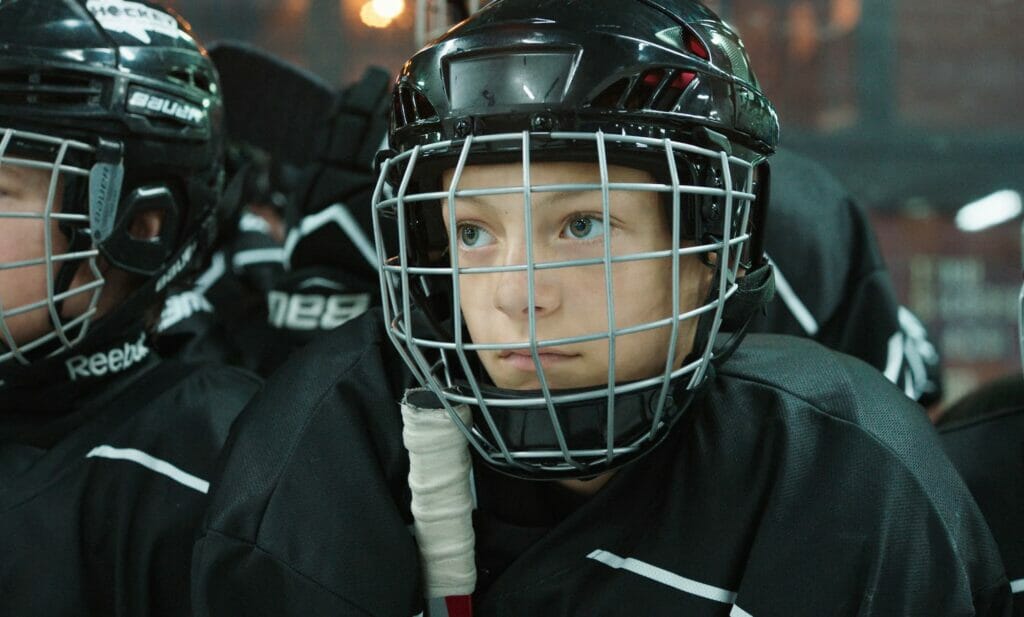
On identity and conformation
Close focuses on the social prejudices and pressures that have a significant impact on the psyche of the main characters. Lukas Dhont presents a male friendship that does not conform to heteronormativity and that escapes the patriarchal rules of society, which do not provide for this kind of relationship between boys. The director shows how society tends to place labels that leave little room for unconditional and free love, and he focuses on the consequences this can have for two boys just entering puberty who suddenly find themselves facing homophobia and bullying.
He also takes time to explore how a standardized idea of masculinity exists and spreads. A long tradition that demands men to be in full control of their emotions, always strong and never vulnerable. As mentioned above, Léo feels the weight of this toxic cultural legacy and embarks on a journey to assert a gender identity that conforms to these rules.
They learn the hard way that while society allows for certain kinds of male physical contact – that of embraces between brothers, say, or the kiss of a father for a son, or the backslapping and hugs shared by ice hockey team members – other forms of male physical touch are forbidden on pain of ridicule and ostracism.
From the Irish Examiner‘s review, “Close is a forensic dissection of masculinity”
This wide range of complex cultural conversations is not new to Dhont. Indeed, he had already addressed the theme of gender affirmation and transgender youth in his directorial debut. In recent years, cinema and TV series have increasingly sought to promote reflection on sex, gender, and expectations as it relates to youthful experience. Such as the series Euphoria, Heartstopper, Skam, Prisma, or the works of Luca Guadagnino (Close bears some similarities with Call Me by Your Name), Céline Sciamma, and Ryan Murphy, to name a few.
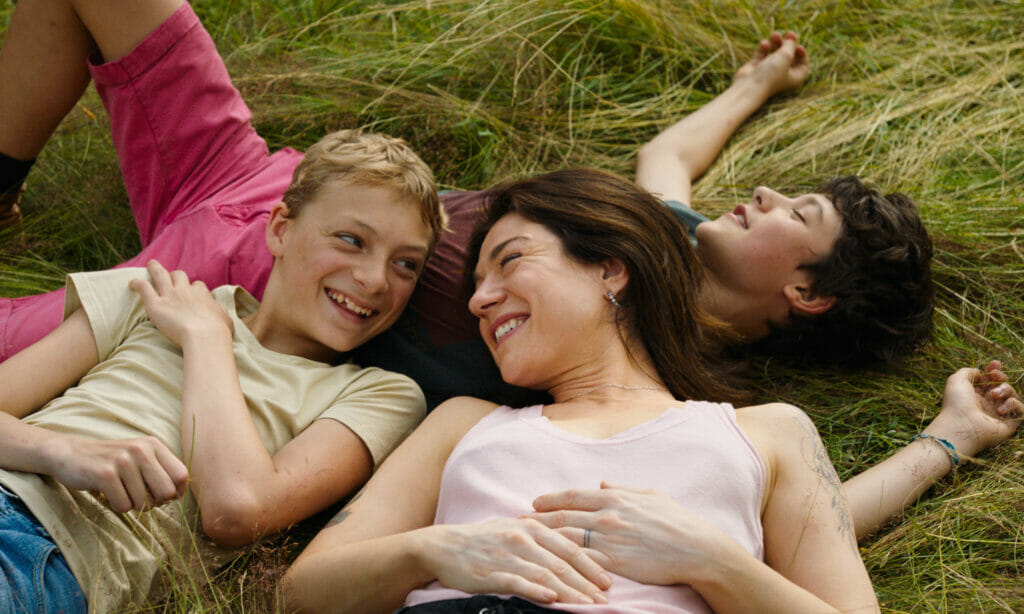
Close to the characters (and flowers)
Close‘s style is minimalist. Characters express themselves mostly through actions rather than lines of dialogue. It is a non-verbal movie in which physical tension is evident. The main characters reveal themselves through silence. Often some scenes are filled with laughter or tears instead of spoken words. The camera always follows Léo and Rémi closely. Dhont often resorts to close-ups to emphasize the emotions of the two boys, focusing on their expressive faces. Close-ups can also be understood as a means of conveying the sense of closure, a trap, in which the characters live. Dhont’s cinematic style and aesthetic exhibit his desire to create a truly deep intimacy between the characters and the viewer. Somewhat like the Dardenne brothers.
In addition, Dhont chooses an important element for the narrative: flowers. Léo’s family runs a flower farm and he is often seen helping out. Like a kind of cinematic transition, the flowers represent the passage of time and inner change. They bloom, wither, and are gathered in the different seasons that follow each other. They also symbolize childhood and the fragility of the two protagonists. As the flowers are violently cut by the machines, the viewer feels the movie’s shift from the innocence of childhood to the turmoil of early adolescence. But also the sense of loss, grief, and healing that prevails in the second half of the story.
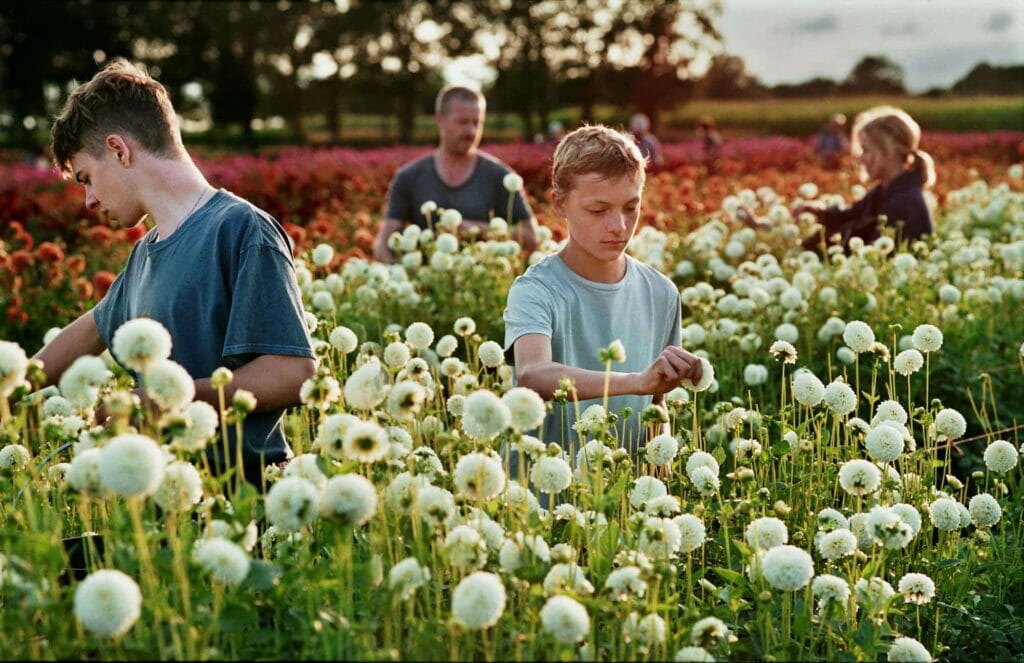
Free to explore yourself
In conclusion, Dhont proved his ability to appeal to international moviegoers and critics by telling a drama with a universal message: everyone should be free to explore and seek their own identity without feeling forced to play roles and expectations that do not belong to them.
When you’re young, you want to belong to a group, but there are people for whom that doesn’t work. My films are about showing the world from that perspective.
Director Lukas Dhont in an interview with The New York Times
What is also striking about Close is the director’s choice not to confirm or deny the sexuality of the main characters. They are in a pre-sexual stage and do not quite know how to identify themselves.
Dhont does not attach labels. It is the viewer who gets a sense of (and chooses whether to label or not) the feeling that binds Léo and Rémi. After all, at its core, Close is nothing more than a profound questioning of our need to order and categorize ourselves and others.
Tag
Buy a ☕ for Hypercritic







